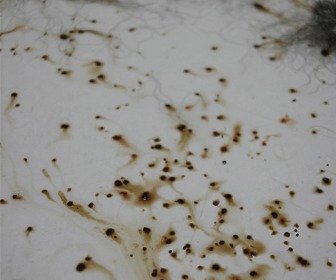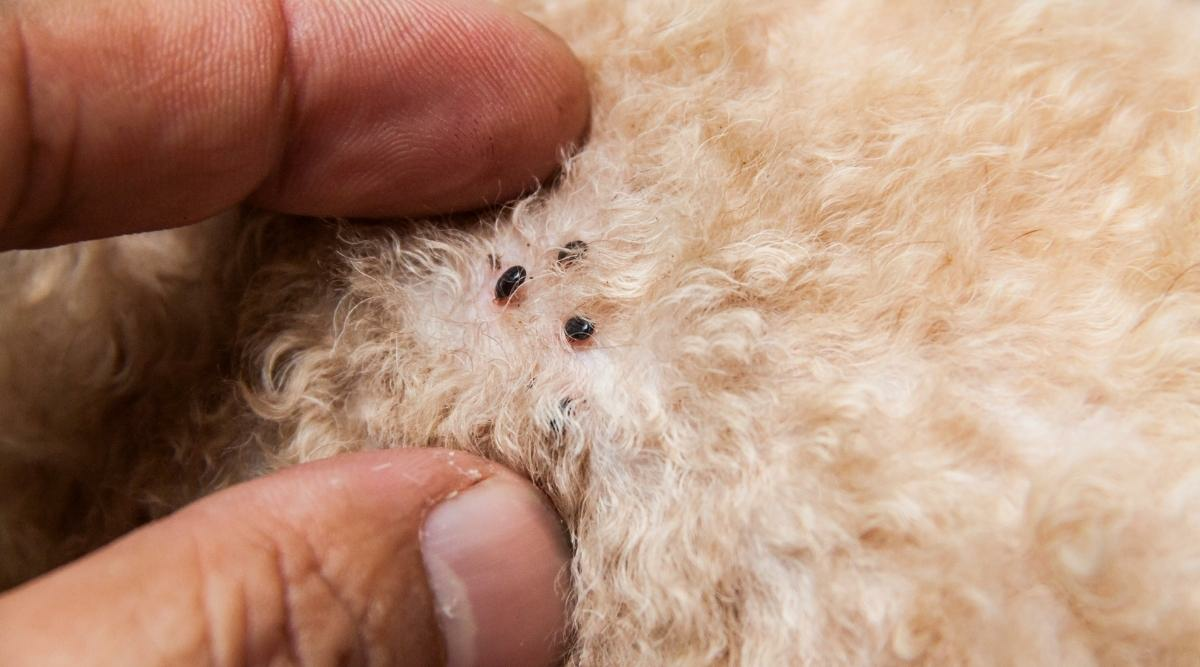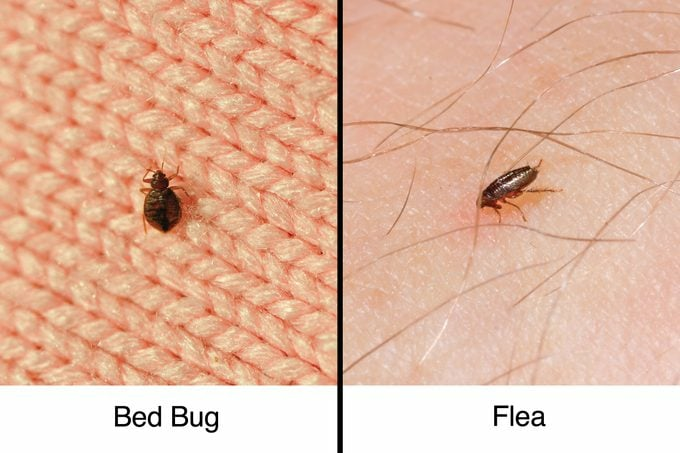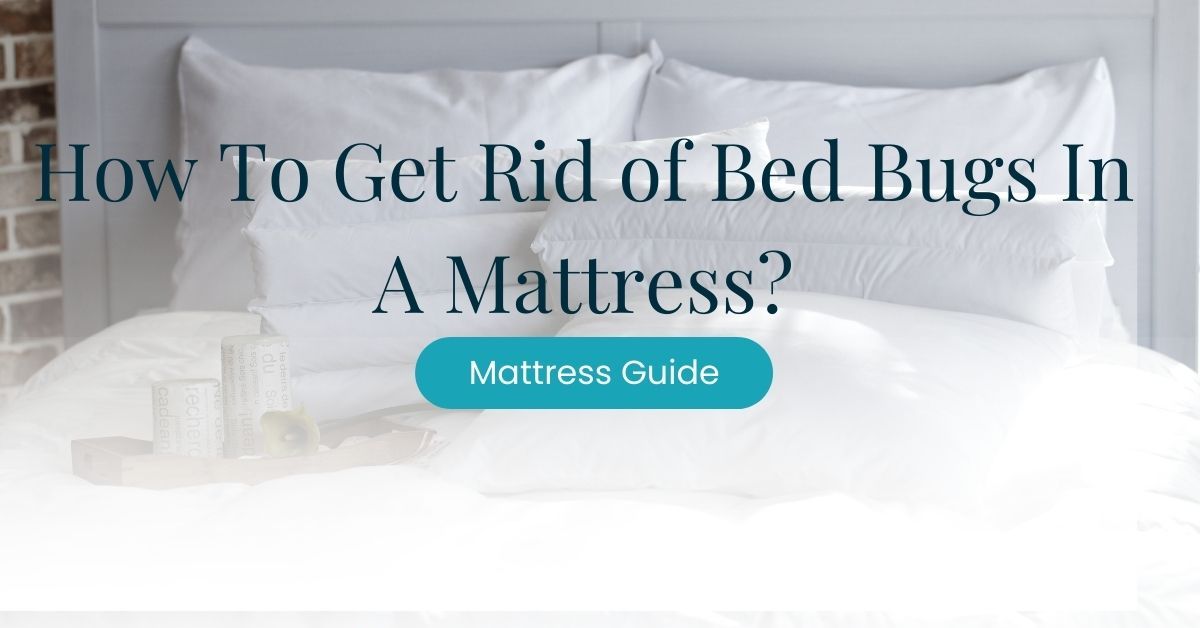Fleas can be a real nuisance once they invade your bed. They often appear due to the presence of pets or a lack of regular mattress cleaning.

Your home’s cushions, mattresses, and carpets can become infested with fleas. If you have pets, the risk increases, as they can transfer fleas to your furniture and mattress. In fact, 50% of UK residents sleep with their pets, making their beds more susceptible to fleas.
Fleas can spread rapidly, so it’s crucial not to ignore the initial signs of infestation.

8 Steps to eliminate fleas on your mattress
If you have fleas on your bed, take prompt action to remove them. Here are eight steps to eliminate fleas from your mattress:
1. Vacuum
Vacuuming is a straightforward way to remove fleas and clean your mattress. Use a handheld vacuum or a standing model with an upholstery attachment.
Vacuuming can kill adult fleas and suck up eggs, leaving your mattress clean and free of flea residue. After vacuuming, empty the contents and dispose of them properly to prevent fleas from thriving.
2. Flea powder
Another method for eliminating fleas on your mattress is to use flea powder. This option works well if fleas have spread to your carpets. Select a powder that targets both larvae and adult fleas.
Sprinkle the powder on affected areas and follow the instructions for the required application time. Keep young children and pets away, as many flea powders contain harmful ingredients.
3. Steam cleaning
Steam cleaning is an effective solution for severe flea infestations on your mattress. Remove bed covers, pillow covers, and sheets before starting. Steam cleaners can kill adult fleas, eggs, larvae, and pupae hiding in the mattress.
Make sure to treat all surfaces, including the bed frame and headboard. Move slowly, focusing on gaps and cracks, and apply more pressure on mattress seams.
4. Dust diatomaceous earth
Sprinkle food-grade diatomaceous earth on your mattress, bed frame, and headboard to prevent fleas from multiplying. Diatomaceous earth is an organic pesticide suitable for plants and animals.
The food-grade variant is a safe and effective way to repel fleas on your bed. After dispersing the powder, vacuum all surfaces of your mattress, bed frame, and headboard.
5. Wash sheets and curtains regularly.
Wash sheets and pillowcases with hot water if you find fleas in them. Repeat this process every few days to eliminate unhatched eggs.
Use a temperature of 140 degrees F for 10 minutes, followed by the highest heat setting when drying, to kill all fleas and their eggs effectively. Wash long curtains regularly, as fleas can crawl into the fabric and lay eggs.
6. Spray vinegar and water solution
For a natural alternative, create a vinegar and water solution by mixing equal parts. Add a few drops of peppermint or citrus-based essential oil to boost the solution’s effectiveness. Spray the solution on your mattress and sheets, as well as any cracks and the headboard.
After an hour, sprinkle salt to help dry up the surface and eliminate the fleas. Vacuum the salt the following day.
7. Treat your pets and garden.
If you have pets, they may be the source of fleas on your bed. In this case, it’s essential to treat your pets and your yard for fleas. Consult a veterinarian for appropriate treatment and bathe your pet regularly using warm soapy water.
Use a flea comb to remove fleas from their body. In your yard, trim overgrown shrubs, control moisture, and use a flea-specific spray to eliminate fleas.
8. Hire an exterminator
If you face a severe infestation and other methods fail, consider hiring a professional exterminator. They have the expertise and equipment to locate and eliminate fleas in your home.
Although this option may be more expensive than other remedies, it can be worth it for peace of mind.
4 Signs of fleas on your mattress
The first sign of fleas in your home is usually your pets scratching more frequently than usual. This often indicates a developing flea infestation. Other signs of fleas include:
1. Presence of flea dirt
Look for small dark spots on your bed, such as flea faeces. To confirm it’s flea dirt, use a moist paper towel and scrub the area.
If a reddish discharge appears, it’s the blood that the fleas have consumed. Flea faeces resemble small dust-like particles, while bed bug faeces are small black spots on surfaces.
2. Flea bite marks on the skin
Flea bites appear as small red, itchy marks, but they can be confused with bed bug bites or lice on your mattress.
Flea bites tend to occur on the lower half of the body, especially on skin folds, while bed bug bites can occur all over the body.
They resemble small pimples that don’t change in size, while bed bug bites usually swell and enlarge within 24 to 48 hours. Additionally, flea bites have a random cluster pattern, whereas bed bug bites appear in a line or zigzag pattern.
3. Flea eggs
Flea eggs can be difficult to spot on your bed and may require a magnifying glass. They’re small, oval, and off-white in colour. If you find flea eggs on your sheets, pillows, and mattress, it’s likely adult fleas are also present, feeding on your blood.
4. Alive adult fleas
Finding live adult fleas on your bed suggests a possible infestation. Fleas have long hind legs that allow them to jump quickly, and you’ll often find them hiding under the mattress, pillows, and in tight spaces on the bed frame and headboard.

Can fleas bite humans?
Fleas are typically active during the warm months, when they feed on the blood of warm-blooded animals, including humans. If you’re curious how fleas spread – it’s simple.
Fleas can readily get a ride from one area to another from pets or contaminated items, such as a tote bag, picnic blanket, or pants, especially if you go hiking outdoors. Once fleas move into your house, you’ll likely find them in sleeping areas such as mattresses, bedding, and carpeting.
When you spend most of the time outdoors, especially hiking or camping, expect fleas to attach themselves to your clothing.
Keep your bed free of fleas.
Fleas can pose a potential health risk if you allow them to multiply on your bed. Sadly, if you fail to regularly change your bedding or let your pets sleep on your bed, it increases the chances of ending up with fleas.
Knowing about the indications of fleas on your bed and ways to get rid of fleas on your bed will go a long way in keeping your sleeping area clean and hygienic.





